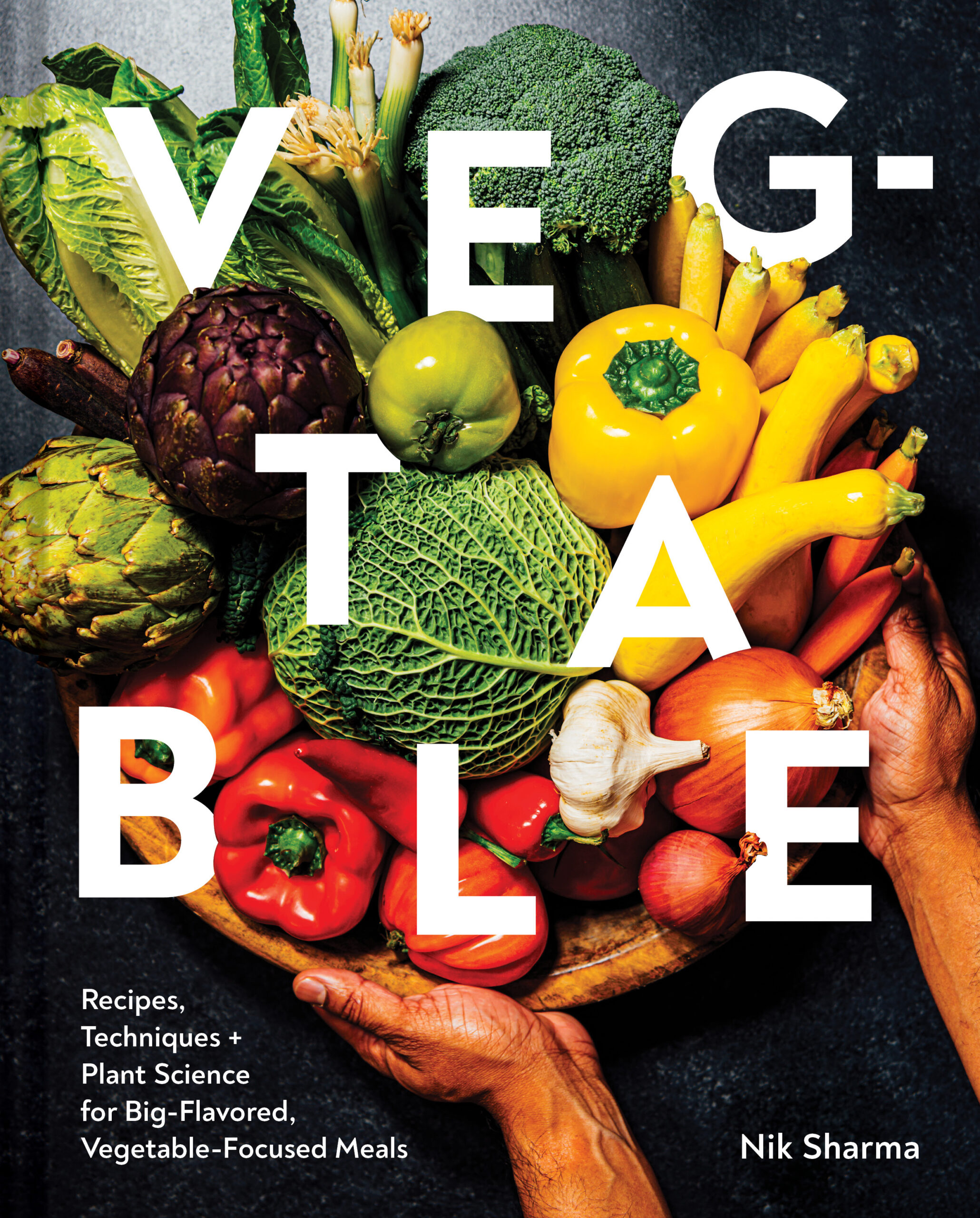There is a bit of science involved in this entire process and I’ve tried to summarize most of it below in my notes. Before, I forget, marmalade including jam and jelly making all require a bit of patience, so plan ahead.
Jam, jelly, and marmalades; all rely on acid, sugar, and pectin in the presence of heat to create a gel-like texture. Acid (from the orange and lemons) and sugar help pectin gel and prevent the growth of bacteria by making the conditions inside the marmalade inhospitable to microbes. Acid does another thing, it “inverts” sugar on heating which prevents the sugar from crystallizing out which would otherwise leave a gritty appearance. When table sugar (sucrose – a molecule made up of two sugars attached together – glucose and fructose) is heated in the presence of an acid, some of it splits and releases its constituents – glucose and fructose (hence the name inversion). Fructose prevents sugar from recrystallizing. This is why I sometimes add cream of tartar (an acid) to sugar when making caramel. I like my jams and marmalades slightly runny but if you prefer it a little firmer, you can add a little bit of commercial fruit pectin powder to the jam when heating. Check the manufacturer’s instructions on how much to add (the ratios are listed on the instruction sheet that it came with). The peels: wash the oranges well with water and especially at the spot where the stalk is attached to the fruit, I often find this place holds a lot of dirt when the stalk is removed. Bitterness in most oranges comes from the white pith and the seeds. The second source of bitterness comes from certain enzymes that are present in the juice (the level of these enzymes varies by the type of orange). If you want to reduce the bitterness in the jam, use half the quantity of peel listed in the recipe. Alternatively, take a large metal spoon and scrape out some of the white pith. I prefer a lot of peel in every bite. This is not something I usually like to write but pectin in fruit can be a finicky creature to work with. Even within the same type of fruit, the amount of pectin can vary and the quality and type will also be different. This is why most often with marmalades and jams when waiting for the pectin to gel or “set”, the time varies quite a bit so I’m going to list a very large time range below but in my experience, it is better to use the wrinkle test. In addition, pectin is affected by many things including acids, sugars, and even the salts present in your water, for this reason, I recommend using filtered water if possible and staying away from hard water. The Wrinkle test is used to determine when the pectin is ready to set and tells you when to remove the jam from the heat. Take a few small plates and leave them in the freezer to chill. When you’re ready to test the jam, take a teaspoon of the jam and drop it in the center of one of the chilled plates and freeze for about 1 minute. The jam will be ready to set if the surface of the jam wrinkles when you run your finger through it and a clean trail is left behind. Canning: I prefer to use either 8.45 fl oz [250ml] or 17 fl oz [500ml ]canning jars for marmalades and jams. I’m going to tell you what I do when I can versus traveling the entire long route of canning for everything possible: Set your oven to the lowest temperature possible, in my oven I set the heat to 170F/77C. Wash the jars, lids, rings, and whatever comes with them (varies by brand, I use Weck jars) with soap and hot water. Place the jars, lids, and rings on a baking sheet lined with a wire rack. Leave the jars in the oven to dry and stay sterile. When you’re ready to can bring the tray out and ladle the hot jam into the hot jars. You will need to prepare a canning water bath. You can buy a special canning pot or do what I do. Take a stockpot, the deeper the better since you will need to add enough water to cover the jars completely and account for another 1 in/2.5 cm of water to help create pressure on the lids of the jars. A circular wire rack that can fit inside the pot is very helpful because it will prevent the base of the jars from overheating if left in direct contact with the base of the saucepan. A pair of tongs that can grab the jars out of the stock pot will be necessary. There are several inexpensive canning kits available online and in stores. I use the Ball (brand) kit with my Weck Jars. A big soup ladle and a funnel are also helpful in transferring the jam to the jars. How long to sterilize varies by what you are canning and also on your location. Because there is less air at high altitudes than there is at sea level, the air pressure begins to drop which affects many cooking techniques and canning is one of them. Water will begin to bubble and boil much earlier when heated and the cooking conditions need to adjust to account for this. Here is a more detailed explanation of this and how to adjust your canning time (Page 5 has the information on canning). For where I live, I bring the water to a rolling boil with the jars and then let them boil for an additional 5 minutes (more details here). Skimming the surface for froth: I rarely do this. Most of this is air bubbles which quickly dissipate on cooling. If at it doesn’t go away, skim off the froth at the very end when you’re ready to ladle the marmalade into jars.
1/4 cup/60 ml fresh lemon juice 5.28 pints/2.5 L filtered water, preferably 2.2 lb/1 kg sugar 2.2 lb/1 kg dark brown sugar



